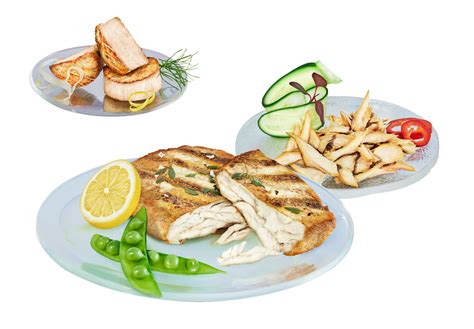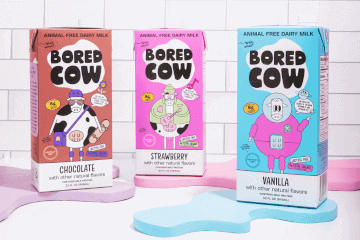
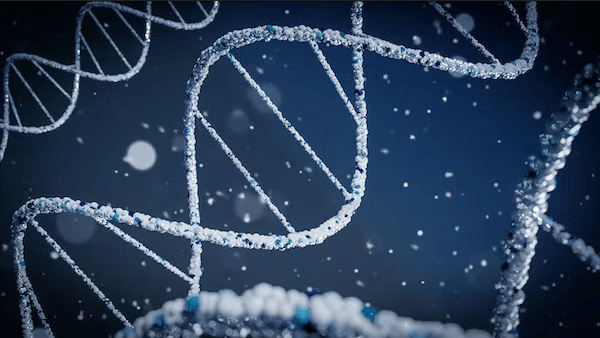
Microorganisms such as yeast, fungi or bacteria, are selected based on the type of molecule we want to produce (flavouring agents, vitamins, pigments, proteins, fats...)
We’ve been consuming fermentation products for millennia, think of beer, yoghurt, kimchi, bread and sauerkraut. Precision fermentation is nothing more than an extension of a safe and common technology which has already been used safely in our food systems for decades.
Examples:
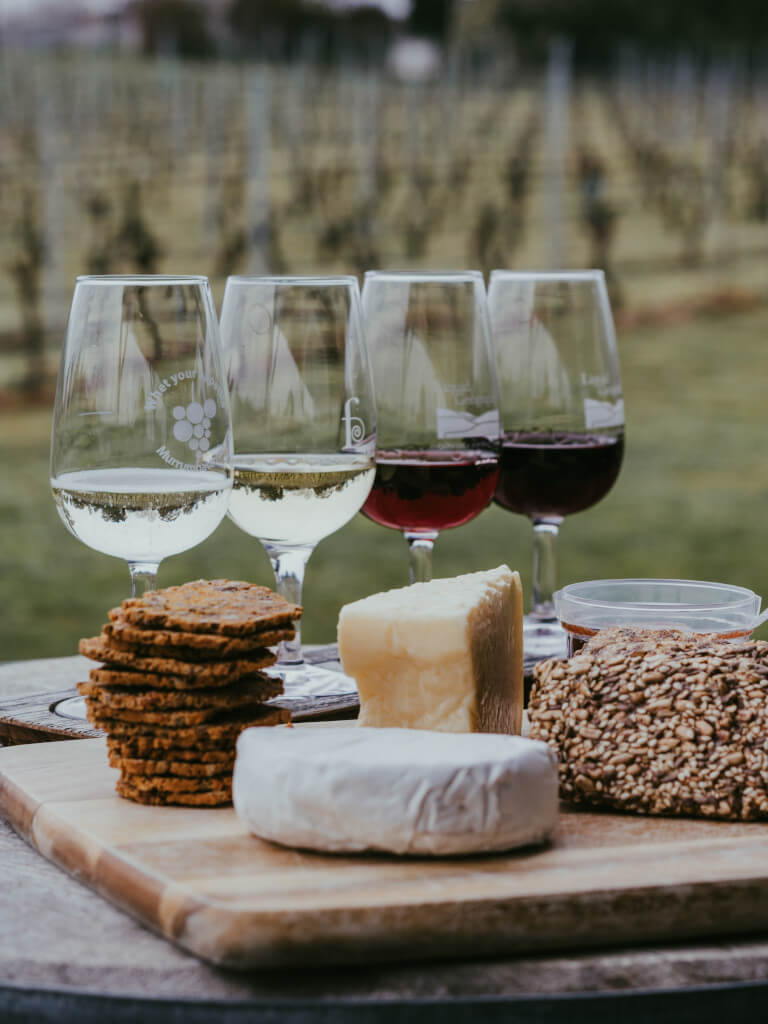
Annually we raise and slaughter around 100 billion land animals and between 2 and 3 trillion marine animals. This has a big impact on our planet and environment:
Precision fermentation produces the same products at a fraction of the impact and soon at a fraction of the cost:
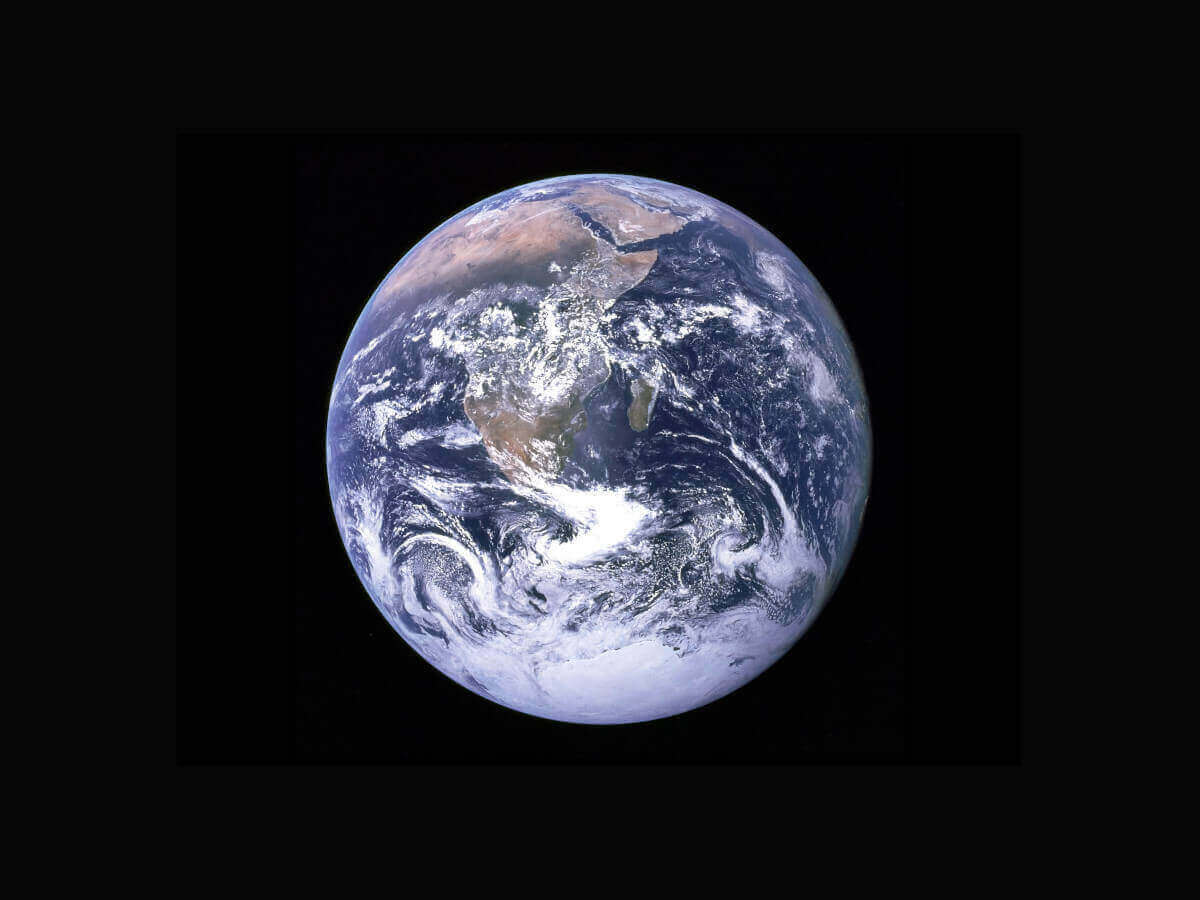

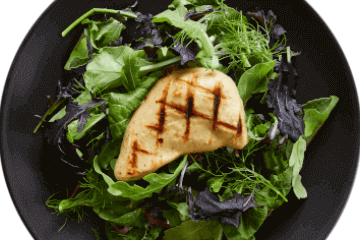
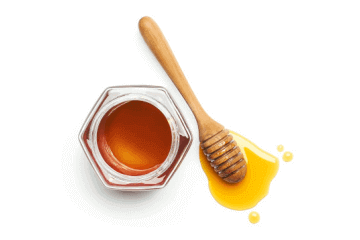
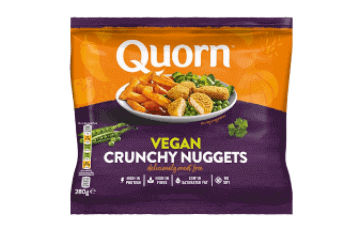
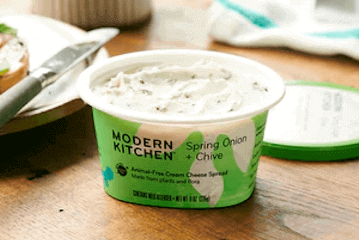
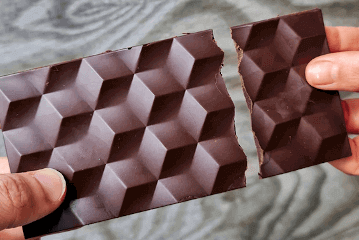

The technology stands to transform food and agriculture by the end of the decade with incredible progress already well underway. Precision Fermentation has been around for a while. In 1978, Genentech engineered a bacterium to produce human insulin. Up until then insulin was obtained by harvesting the pancreas of pigs and cows: around 50,000 for a single kilogram of insulin. Thankfully this is no longer the case. 99% of global insulin is now produced by microbes, and yet, very few of us are even aware of this groundbreaking technology. One that could produce almost anything, and in much the same way we make beer. Read more

As the media dismisses cultivated meat as dead we ask whether this dip in excitement and investment isn’t part of a normal trajectory for all new technologies. Read more

Incumbent industries are almost always too slow to adapt to new technologies which leads to their downfall. This doesn"t have to be the case with our food system. Read more

In London, 2013, at a live packed press conference, Dutch scientist Mark Post unveiled the first lab-grown meat burger. The patty, prepared by a chef, was presented to food critics and an excited audience, all of whom were suitably impressed. Read more

It"s no secret that animal agriculture is one of the leading causes of climate change and environmental degradation. We can"t raise and slaughter 86 billion land animals and wrest 2–3 trillion marine animals out of the seas every year without suffering some consequences. Read more

 Future Food Revolution
Future Food Revolution


